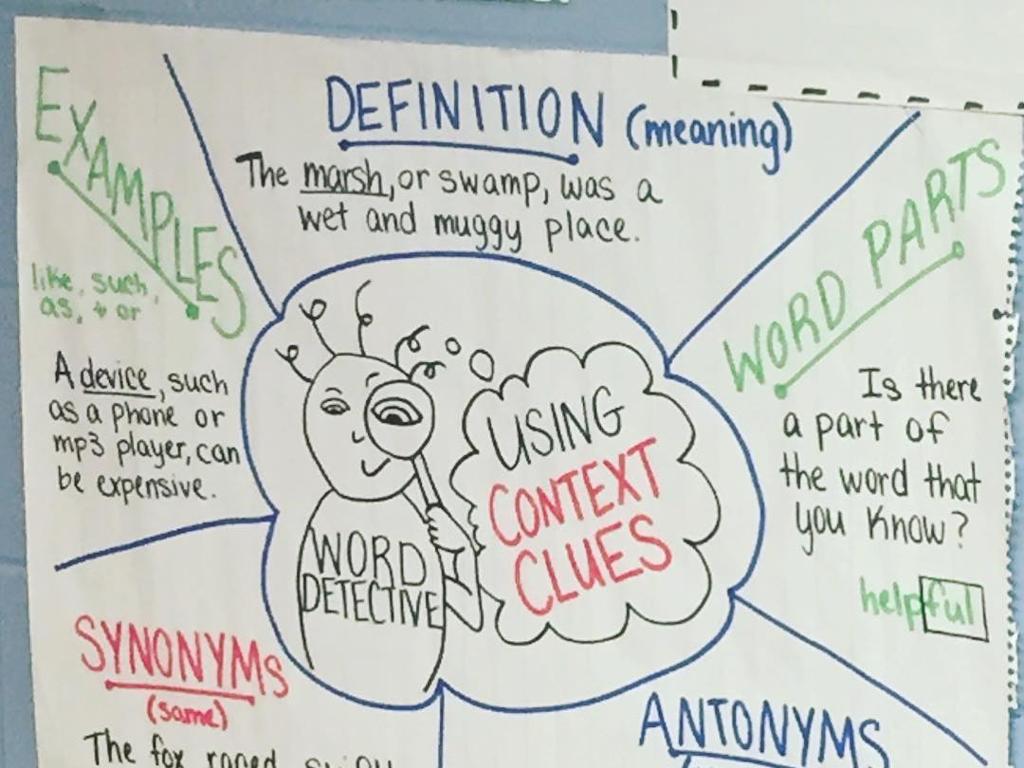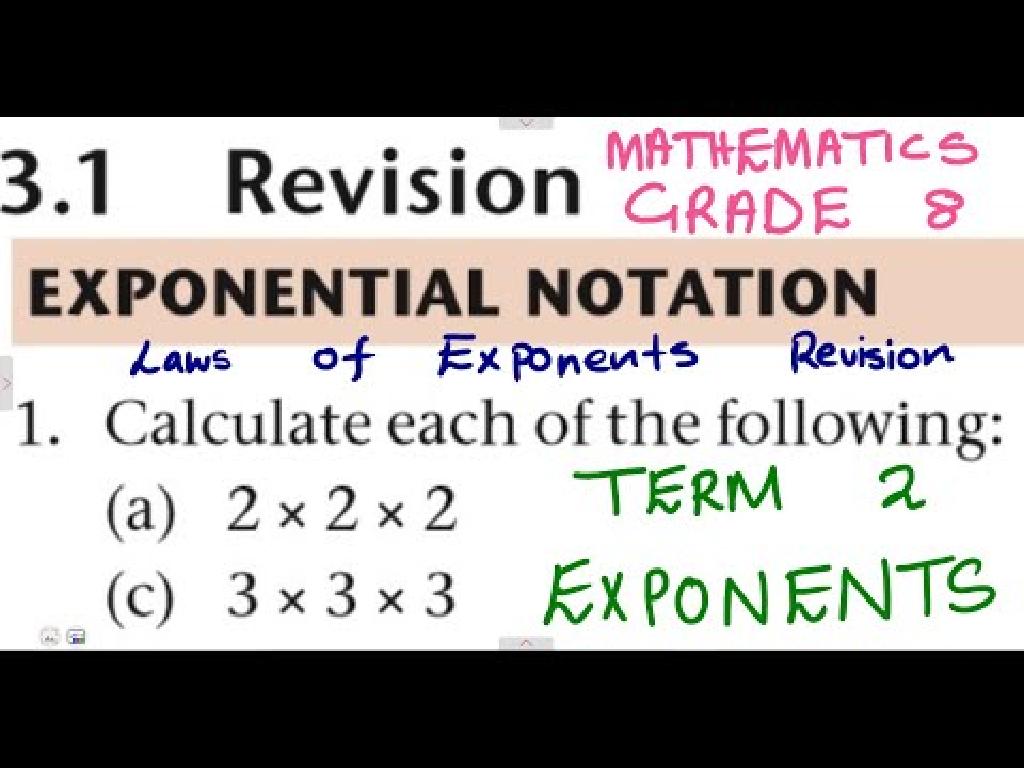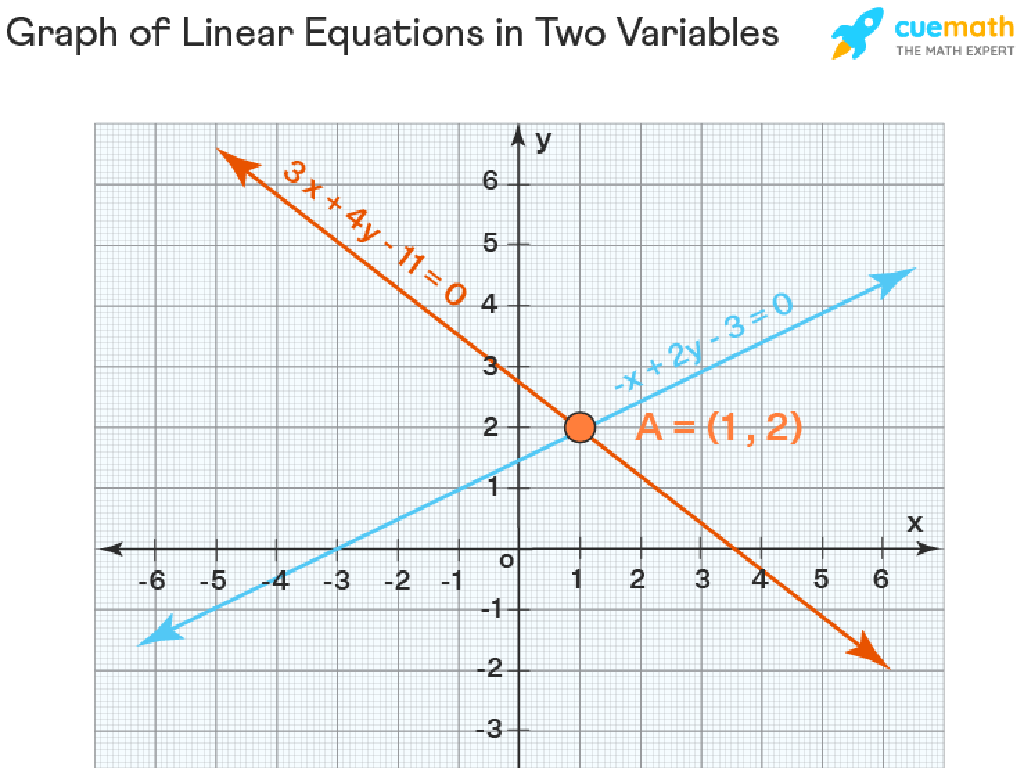The Louisiana Purchase
Subject: Social studies
Grade: Eighth grade
Topic: The Early Republic
Please LOG IN to download the presentation. Access is available to registered users only.
View More Content
Exploring The Early Republic: The Louisiana Purchase
– Significance of The Early Republic
– A transformative era post-American Revolution
– Introduction to The Louisiana Purchase
– The 1803 land deal that doubled the size of the U.S.
– Learning objectives for today
– Understand the purchase’s impact on America
– Key questions to consider
– What prompted the purchase? How did it shape the nation?
|
This slide introduces students to The Early Republic, a pivotal time in American history following the Revolution. Emphasize the significance of this era as the foundation of the United States’ expansion and growth. The Louisiana Purchase, a monumental event, is the focus of today’s lesson. Set clear learning objectives, such as understanding the reasons behind the purchase, its effects on the nation’s development, and its implications for westward expansion. Encourage students to ponder key questions that will guide the lesson, fostering a deeper comprehension of the historical context and the purchase’s lasting legacy.
Exploring The Louisiana Purchase
– Definition of the Louisiana Purchase
– A 1803 land deal between the U.S. and France, where the U.S. acquired approximately 827,000 square miles of land west of the Mississippi River for $15 million.
– The vastness of the acquired land
– The purchase nearly doubled the size of the U.S., extending from the Mississippi River to the Rocky Mountains and the Gulf of Mexico to Canada.
– France and the U.S. involvement
– Negotiated by President Thomas Jefferson, the U.S. bought the territory from Napoleon Bonaparte’s France, which needed money for the Napoleonic Wars.
– Impact on U.S. expansion
|
The Louisiana Purchase was a monumental event in American history, marking the largest territory acquisition in U.S. history and setting the stage for westward expansion. It’s crucial to convey the scale of the land purchased and its significance in shaping the nation. Highlight the roles of the U.S. and France, emphasizing the motivations of both countries. Discuss the impact of this purchase on the growth of the United States, including the exploration it spurred, such as the Lewis and Clark expedition, and the long-term effects on American politics, economy, and society.
The Louisiana Purchase: Geopolitical Context
– Early 19th-century geopolitics
– Tensions and territorial disputes shaped this era.
– France’s reasons for selling
– France needed funds for war and debt relief.
– Jefferson’s expansion vision
– Jefferson sought new land for agriculture and trade.
– Impact on the United States
|
This slide aims to provide students with an understanding of the complex geopolitical climate of the early 19th century that led to the Louisiana Purchase. Highlight the international tensions and territorial ambitions that characterized the era. Discuss France’s motivations, including Napoleon’s need for funds to support his wars and reduce national debt. Explain Thomas Jefferson’s vision for the expansion of the United States, emphasizing his desire to secure land for farming, create new trade routes, and strengthen the country’s position. The purchase significantly increased the size of the nation and had lasting effects on its development. Encourage students to consider how these factors interplayed to culminate in this historic land deal.
The Deal of the Century: The Louisiana Purchase
– Negotiations with France
– U.S. diplomats worked to secure a deal for the Louisiana territory.
– The purchase price
– The territory was bought for $15 million, around 4 cents per acre.
– Funding the acquisition
– The U.S. used loans from European banks to fund the purchase.
– Impact on U.S. expansion
– The purchase doubled the size of the U.S., fueling westward expansion.
|
This slide delves into the Louisiana Purchase, a pivotal event in American history. It outlines the negotiation process with France, highlighting the diplomatic efforts that led to the acquisition of the Louisiana territory. The cost of the purchase is emphasized as a bargain at $15 million, which translates to approximately 4 cents per acre. The funding mechanism is also discussed, noting that the U.S. financed the deal through loans from European banks. Lastly, the slide touches on the significant impact of the purchase on the United States, including the doubling of the nation’s size and the subsequent westward expansion. This acquisition set the stage for future growth and development of the country.
Impact of The Louisiana Purchase
– Doubled the size of the U.S.
– Affected Native American tribes
– Tribes faced displacement and cultural loss
– Paved way for westward expansion
– The purchase opened new lands for settlement
– Tied to Manifest Destiny
– Belief that U.S. was destined to expand across the continent
|
The Louisiana Purchase had a monumental impact on the United States, both geographically and culturally. By doubling the size of the nation, it provided a vast new territory for exploration and settlement. However, this expansion had severe consequences for Native American tribes, leading to displacement and loss of their ancestral lands. The acquisition also set the stage for the concept of Manifest Destiny, the 19th-century doctrine that the expansion of the U.S. throughout the American continents was both justified and inevitable. This slide will explore these themes and their long-term effects on the nation’s development.
Exploration and Settlement Post-Louisiana Purchase
– Lewis and Clark Expedition goals
– Explore new lands, map terrain, find water routes
– Settlers’ challenges in new lands
– Harsh conditions, unknown lands, conflicts with natives
– Louisiana Purchase’s impact on growth
– Doubled U.S. size, boosted economy and settlement
– Expansion of U.S. territory
|
The Lewis and Clark Expedition was a pivotal moment in American history, setting out to explore the newly acquired Louisiana Territory, map the region, and find a water route to the Pacific. Students should understand the objectives of the expedition and its outcomes, including the establishment of trade routes and relationships with Native American tribes. The early settlers faced numerous challenges, such as adapting to unfamiliar environments, scarcity of resources, and navigating relations with indigenous peoples. The Louisiana Purchase significantly contributed to the growth of the United States by doubling its size, which allowed for westward expansion, increased economic opportunities, and set the stage for the country to become a continental power. Discuss the broader implications of the Purchase on the nation’s development and identity.
Controversies of the Louisiana Purchase
– Constitutionality debates arose
– Was the purchase power granted by the Constitution?
– Federalists vs. Democratic-Republicans
– Federalists worried about legality; Democratic-Republicans saw opportunity for expansion
– Long-term federalism implications
– The purchase set precedents for future federal and state power dynamics
– Expansion’s impact on governance
|
This slide delves into the contentious aspects of the Louisiana Purchase, highlighting the constitutional debates it sparked. It’s crucial to discuss how the purchase was not explicitly provided for in the Constitution, leading to disputes over its legality. The Federalist party, favoring a strong central government, questioned the president’s authority to make such a deal, while the Democratic-Republicans, led by Jefferson, supported the expansion despite initial reservations about constitutional limits. The acquisition of such a vast territory without a constitutional amendment had long-term effects on the balance of power between the federal government and the states, setting a precedent for future land acquisitions and the interpretation of federal power. Encourage students to consider how these debates and decisions continue to influence American politics and federalism today.
Class Activity: The Negotiators
– Reenact Louisiana Purchase negotiations
– Divide into France, U.S., and others
– Present arguments for your country
– Negotiate terms of the purchase
|
This role-play activity is designed to immerse students in the historical context of the Louisiana Purchase. By dividing the class into groups representing France, the United States, and other interested parties, students will gain a deeper understanding of the diplomatic and strategic considerations during the negotiations. Each group should research their respective country’s position and interests at the time of the purchase. Encourage students to use persuasive language and historical facts to present their arguments. Possible roles include government officials, advisors, and diplomats. After presentations, facilitate a negotiation session where groups attempt to reach an agreement. This activity will help students appreciate the complexity of international relations and treaty-making in the early 19th century.
Reflecting on the Louisiana Purchase
– Discuss role-play outcomes
– Historical significance reflection
– The Louisiana Purchase doubled the size of the U.S. and opened up the west for exploration and settlement.
– Engage in Q&A session
– Summarize key learnings
– Recap the major points discussed and any insights gained from the role-play and Q&A.
|
This slide aims to wrap up the lesson on the Louisiana Purchase. Begin by discussing the outcomes of the role-play activity, focusing on what students learned about the perspectives of different historical figures involved in the purchase. Move on to a reflection on the historical significance of the Louisiana Purchase, emphasizing its impact on the expansion and growth of the United States. Conduct a Q&A session to clarify any doubts and answer questions students may still have. Conclude by summarizing the key points of the lesson, ensuring students have a clear understanding of the event’s importance in American history. Encourage students to think critically about how the Louisiana Purchase might have shaped the nation’s future.
Homework: Native American View of the Louisiana Purchase
– Write a one-page essay
– Perspective of a Native American
– Imagine life as a Native American during the Purchase
– Impact on Native American tribes
– Include at least three effects on tribes
– Due date and essay criteria
– Check due date, follow essay guidelines
|
This assignment encourages students to explore the Louisiana Purchase from the often overlooked perspective of Native Americans. It aims to develop empathy and a deeper historical understanding by considering the impacts on indigenous peoples. Students should consider how land changes, policy shifts, and cultural disruptions might have been perceived by Native Americans. They should include at least three specific impacts such as loss of land, changes in trade relationships, or alterations in their way of life. The essay should be one page, due on the announced date, and adhere to the provided criteria regarding structure, content, and sources. This exercise will help students practice critical thinking and historical empathy, as well as essay writing skills.





